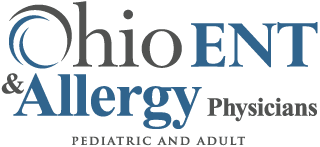(FOUNDING FATHER OF OUR PRACTICE)

Dr. Howard Lowery, the son of Mary and JG Lowery, was born and raised in New Concord, Ohio. He graduated from The Ohio State University College of Medicine in 1955. Dr. Lowery and his wife Ellen moved to Columbus in 1961, at which time he joined his brother, John McConagha Lowery, in the practice of Otorhinolaryngology.
What was then a two-physician ENT practice has today grown into a 30-physician corporation including Allergy, ENT, Neuro-Ophthalmology, and Oral Pathology. Dr. Howard, as he was affectionately known, was a local pioneer in ear surgery and has been the backbone of this practice. He has performed hundreds of mastoidectomies, was an innovator in stapes surgery, and performed the first cochlear implant in Columbus.
Kind and gentle, he always carried himself with the grace and dignity befitting a man of healing science. Rare was the person ever to have heard him utter a harsh word. Well-known for his patience and endlessly pleasant demeanor, Dr. Howard had a lifelong interest in learning and was the epitome of a dedicated physician.
We, the physicians and staff of Ohio ENT & Allergy Physicians, honor a career in medicine that extended 63 years. His daily dedication, expertise, and quest for quality of care will ever serve as guiding principles for our corporation. Thank you, Dr. Howard, for your lifelong contribution to medicine!
